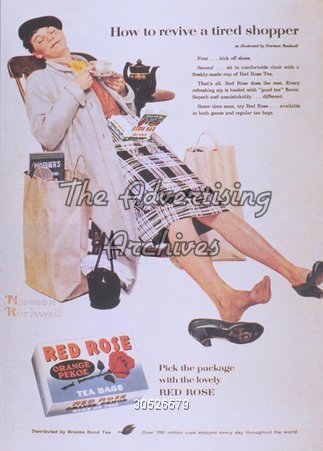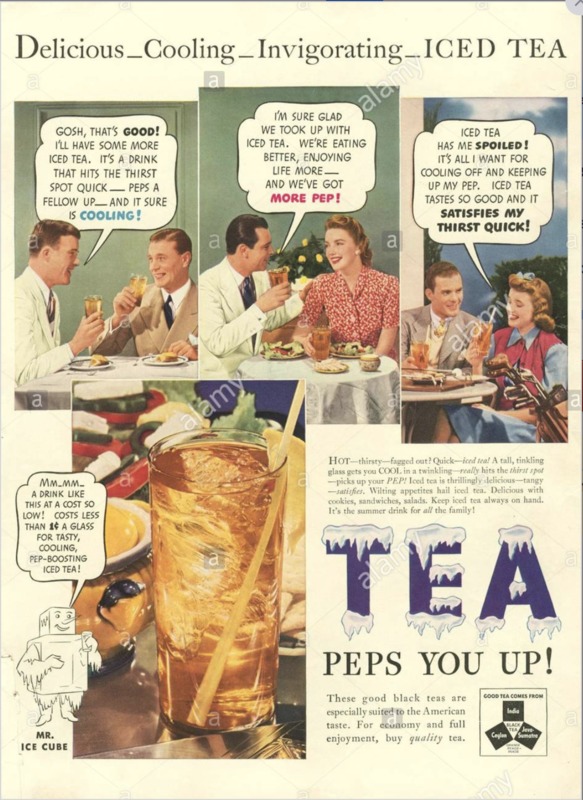1940s: War, New Beginnings, and Communism
After overcoming economic hardship a decade ago, the United States began to assist Britain in World War II during the 1940s. Churchill pleaded for help, as there was a great fear of facist victory. Instead of getting fully involved in the world at first, Americans gave war supplies and conducted secret meetings about how to win the war and defeat Hitler (Reeves 123). On December 7th, 1941, Pearl Harbor was attacked by the Japanese, killing thousands of individuals. President Roosevelt asked Congress the next day to declare war on Japan, to which other Axis Powers declared war on America three days later (Reeves 125). After the war, marriages and birth rates increased dramatically, which meant the beginning of new families and a new generation (Reeves 139). Towards the end of the decade, the start of the Cold War and paranoia about communism spread throughout the United States, creating the National Security Act of 1947, the loyalty-security program, and more (Reeves 144).
This advertisement for Red Rose tea shows an indication of gender roles. While the text in this image is illegible, there is an indication that this woman could be buying groceries for more than herself, given the number of bags in the image. This advertisement came out in 1948, which is not only post World War II, but is also the time when the baby boomer generation was beginning (Reeves 139). She could be a part of a new family dynamic, and just needs some time to relax from her new household duties. She is content with herself in the image, relaxing in a chair with her shoes coming off and a teacup in her hand.
This image is presenting itself as a way that a woman, especially one who has a new family, can become regenerated by tea to continue her household duties, including cooking. Ramamurthy’s article describes advertising as presenting a “fetishization of commodities”, which means that the products are advertised as providing unachievable pleasure in order to sell (Ramamurthy 368). This advertisement is presenting Red Rose Tea as a product that can change the lives of women to be more relaxing with less responsibilities as a homemaker. However, this advertisement provides a glorified way of a homemaker’s duties by showing that they are pleasurable. They use hot tea in this advertisement as a reward for their hard work and duty to their home. This advertisement is an indication that women must continue their ways as a homemaker to be rewarded and live a pleasurable life.
This advertisement uses a comic strip dialog to present itself in a scenario where various people are talking about how they love iced tea. There are several panels of dialog between men and women, presumed to be husband and wife due to the way they look at each other. Iced tea is presented to the men once again as a way to cool them down. The middle panel features a man talking to a woman about how he is glad that they took up iced tea because it makes them feel better and have “more pep.” He also describes to the wife how they are eating better and enjoying life more all thanks to iced tea.
Food advertisements would often use health as a way to promote food products that they were selling. If the food products were not bought by the homemaker, the family’s health would be in jeopardy (Parkin 9). This advertising is promoting this drink not only for the health of the husband but the health of the whole family. It uses words like “pep,” “satisfies,” “enjoying life,” and the “whole family” to convince female consumers that they must buy this for their family to keep them healthy and happy. This kind of anxiety that the advertisement presents to its female consumers perpetuates their gender roles as homemakers meant to make the best for their families.


